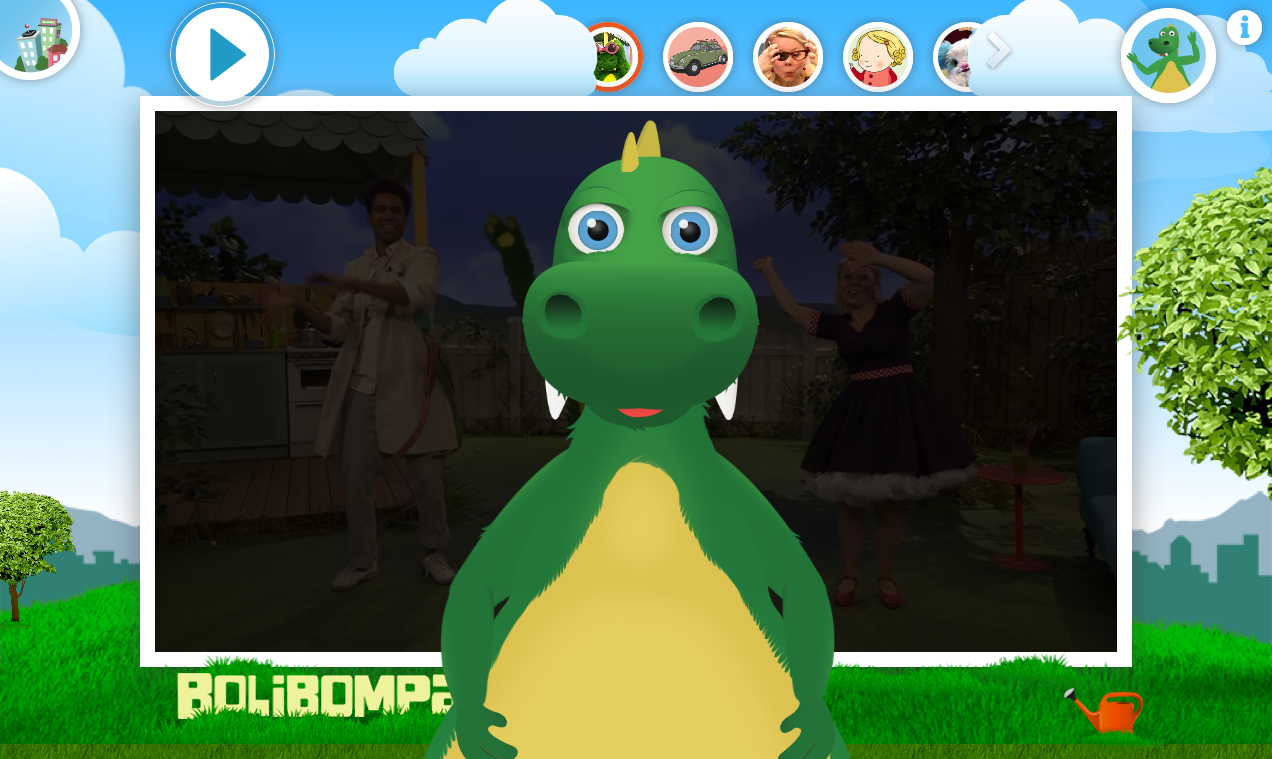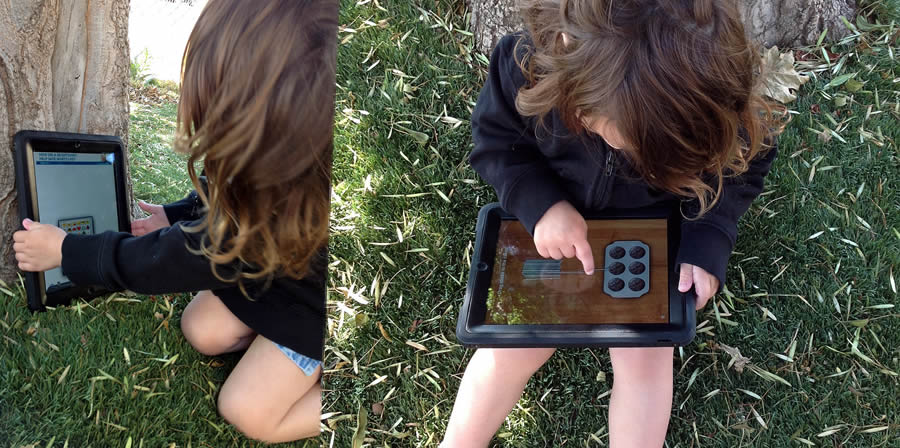One important, but often forgotten, aspect of Interaction Design is Time.
My relationship with B
A beautiful person, let’s call them B, recently came into my life. During four weeks we shared a bunch of days and nights here in Berlin. It was intense — both physically and on an intellectual level.
Then B moved to Australia made us physically distant, changed the social context for B, etc. This of cause changed many aspects of our relationship. But, it did not end it. Our relationship simply morphed. Next year B might be back in Berlin and it we still like each other then, aspects of our relationship will change again.
Enabling relationships to digital artefacts
As Interaction Designers we think about how a person use our artefacts right now to solve a problem or be entertained. We consider how we can get the person to watch one more video after this one, how they can understand what the weather is going to be like tomorrow as well as today.
But a successful service or product is not just used now. It has also been used and will be used by the person in the future. The persons relationship to the artefact will thus develop and change over time.
One aspect that changes over time is how skilled the person is in using the product. Everyone start out as a noob (but with experience of similar products) and if the person continues to use the artefact they may become more skilled and perhaps even an expert user. Mastery of the product is just one of many aspects that change over time. For example, ones valuation of the product varies, as does ones commitment to it.
If we want our services and products to be used over time we need to remember that many aspects of its use changes over time, just like my relationships to B does.
Image by Key45 at English Wikipedia.


